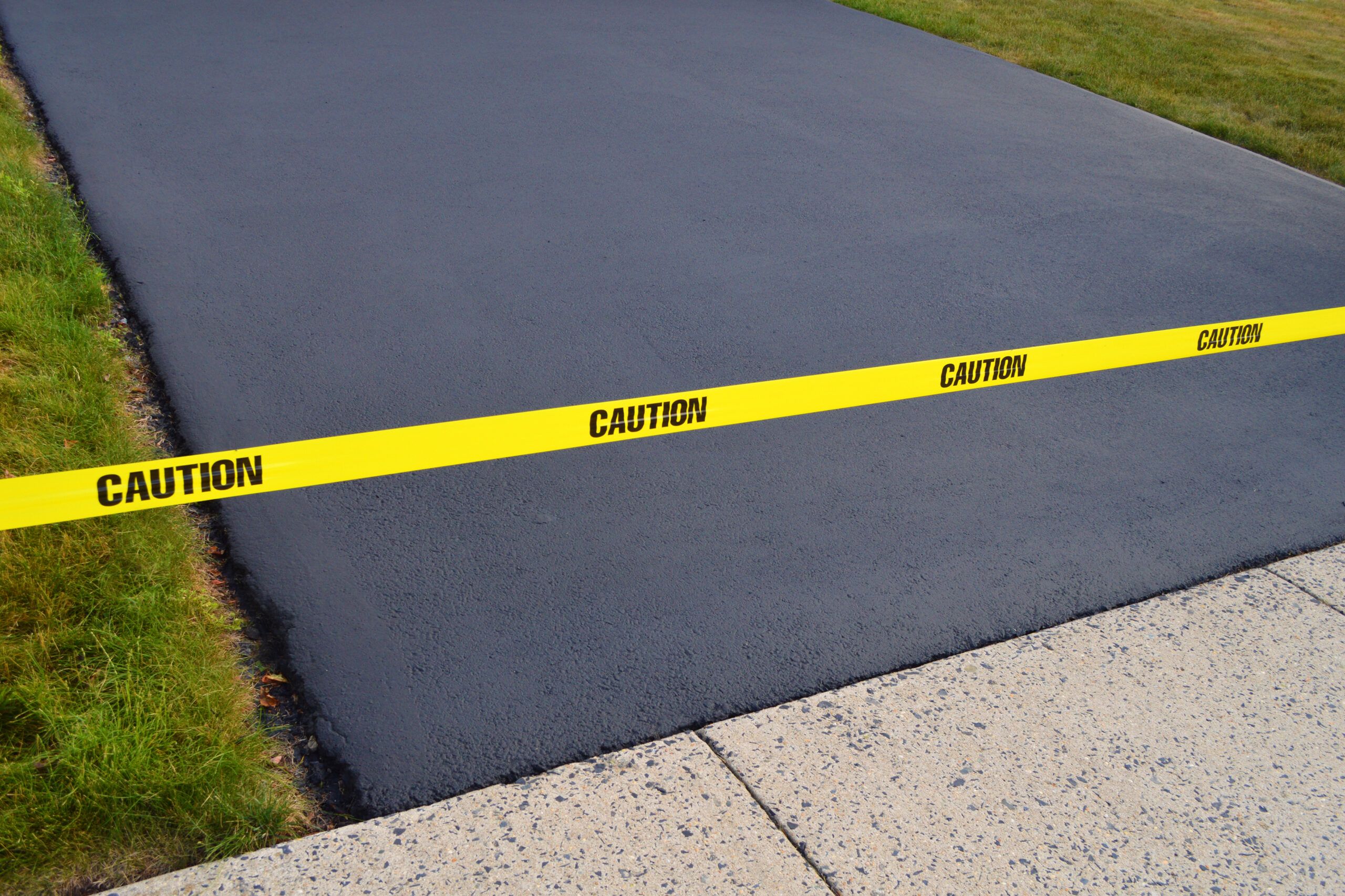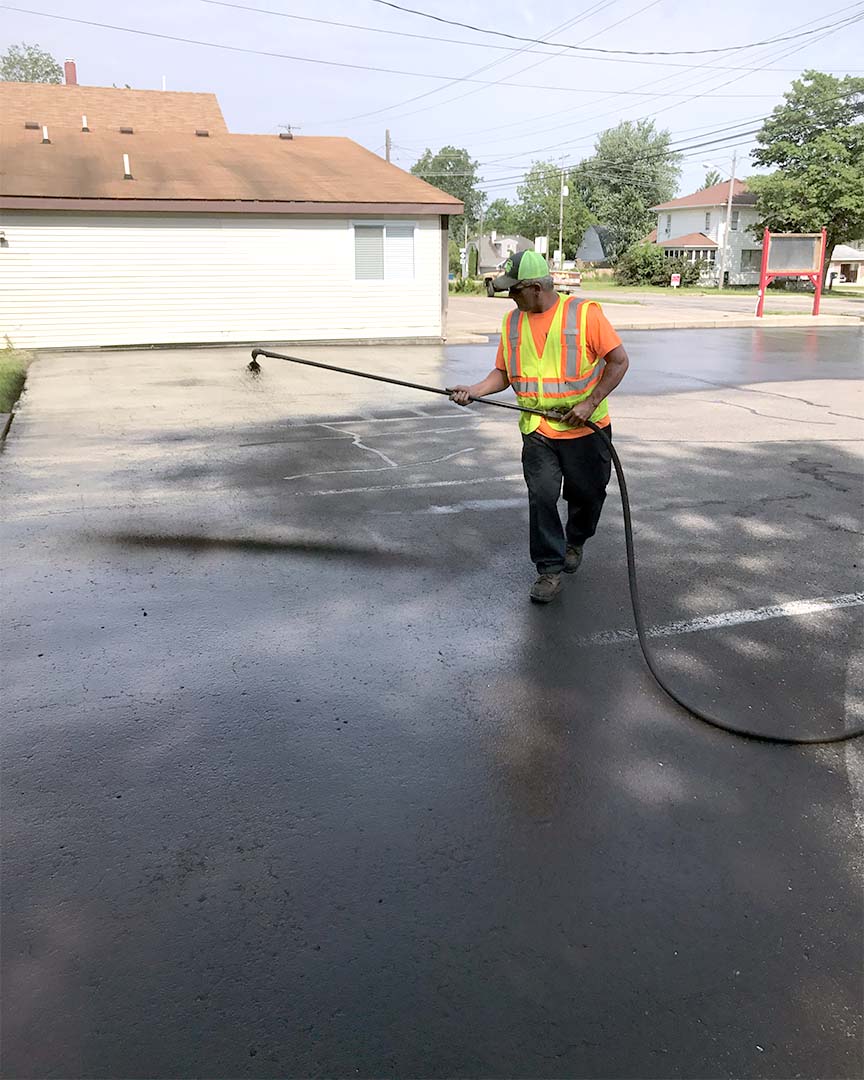Resilient Outcomes: Asphalt Patch Repair With Precision Sealing
Resilient Outcomes: Asphalt Patch Repair With Precision Sealing
Blog Article
Cold Mix Asphalt Vs. Hot Mix Asphalt: Which Is Right for You?

Composition Differences
Cold mix asphalt is created by emulsifying the asphalt binder with water and an emulsifying agent prior to mixing it with aggregate. The warm mix asphalt manufacturing process involves heating the aggregate and asphalt binder separately prior to combining them at the asphalt plant.
Furthermore, chilly mix asphalt has a tendency to be less dense and much more versatile than warm mix asphalt. This versatility makes it much better suited for locations with greater degrees of activity, such as driveways or roadways with rush hour. On the other hand, warm mix asphalt is known for its high longevity and resistance to rutting and fracturing, making it a favored selection for freeways and high-traffic roadways where long life is vital.
Installation Refine Variances
The procedure of installing chilly mix and hot mix asphalt shows remarkable variations in their procedures and demands. In comparison, hot mix asphalt necessitates a much more fancy installation procedure. Due to the heating needs, hot mix asphalt installments are normally brought out by experts with specific devices, making sure an extra permanent and structurally audio result.
Toughness and Longevity Elements
When taking into consideration asphalt alternatives, longevity and durability are vital factors to evaluate for enduring pavement efficiency,. Warm mix asphalt (HMA) is recognized for its remarkable longevity and durability. The high temperature levels during the laying and mixing procedure permit far better compaction, resulting in a denser and more powerful pavement framework. This leads to HMA being much more resistant to hefty web traffic loads, harsh climate condition, and the effects of maturing contrasted to cool mix asphalt (CMA)
In terms of longevity, HMA normally outshines CMA because of its exceptional stamina and resistance residential properties. HMA sidewalks have a longer service life, requiring less angle parking constant repair work and upkeep, which can equate to set you back financial savings in the future. Additionally, HMA pavements are a lot more quickly personalized to meet particular job demands, even more boosting their durability.
Cost Considerations
Taking into consideration the financial implications is a crucial facet when assessing the option between warm mix asphalt (HMA) and chilly mix asphalt (CMA) for sidewalk tasks. While the preliminary cost of hot mix asphalt is usually greater than that of chilly mix asphalt, HMA usually offers a much more cost-efficient service in the lengthy run due to its exceptional sturdiness and longevity.
In enhancement to product expenses, it's important to take into consideration the expenditures connected with installment and maintenance when comparing HMA and CMA. Ultimately, the choice between HMA and CMA should take right into account not simply the first cost but additionally the long-term economic implications to figure out the most affordable choice for the details sidewalk project.
Environmental Effect Comparison
Comparison of the environmental impacts in between warm mix asphalt (HMA) and chilly mix asphalt (CMA) discloses unique differences in sustainability practices. HMA production requires high temperatures, leading to boosted power usage and greenhouse gas emissions.
Moreover, the usage of CMA frequently entails reusing existing asphalt pavement, advertising source preservation and lowering the quantity of waste sent to garbage dumps. This recycling aspect better enhances the sustainability of CMA contrasted to HMA. Overall, when considering the environmental influence, CMA becomes an extra ecologically sustainable option because of its lower power requirements, reduced emissions, and the potential for recycling existing products. By choosing CMA over HMA, road construction tasks can add positively to environmental preservation efforts.
Conclusion
Finally, the choice between cold mix asphalt (CMA) and warm mix asphalt (HMA) depends on various aspects such as structure, installment process, longevity, long life, expense, and environmental effect. asphalt repair. While CMA provides a fast and affordable service for small repairs, HMA ensures premium resilience and durability for rush hour locations. Consider these variables meticulously to determine which type of asphalt is the best option for your paving needs

Taking into consideration the financial ramifications is an essential element when evaluating the selection between hot mix asphalt (HMA) and cool mix asphalt (CMA) for sidewalk projects. While the initial cost of warm mix asphalt is typically higher than that of cold mix asphalt, HMA usually provides a more economical remedy in the long run due to its exceptional sturdiness and long life. cold mix asphalt.Comparison of the environmental influences between warm mix asphalt (HMA) and cool mix asphalt (CMA) exposes unique distinctions in sustainability practices.In verdict, the option in between chilly mix asphalt (CMA) and hot mix asphalt (HMA) depends on numerous aspects such as make-up, installation procedure, toughness, long life, price, and ecological influence
Report this page